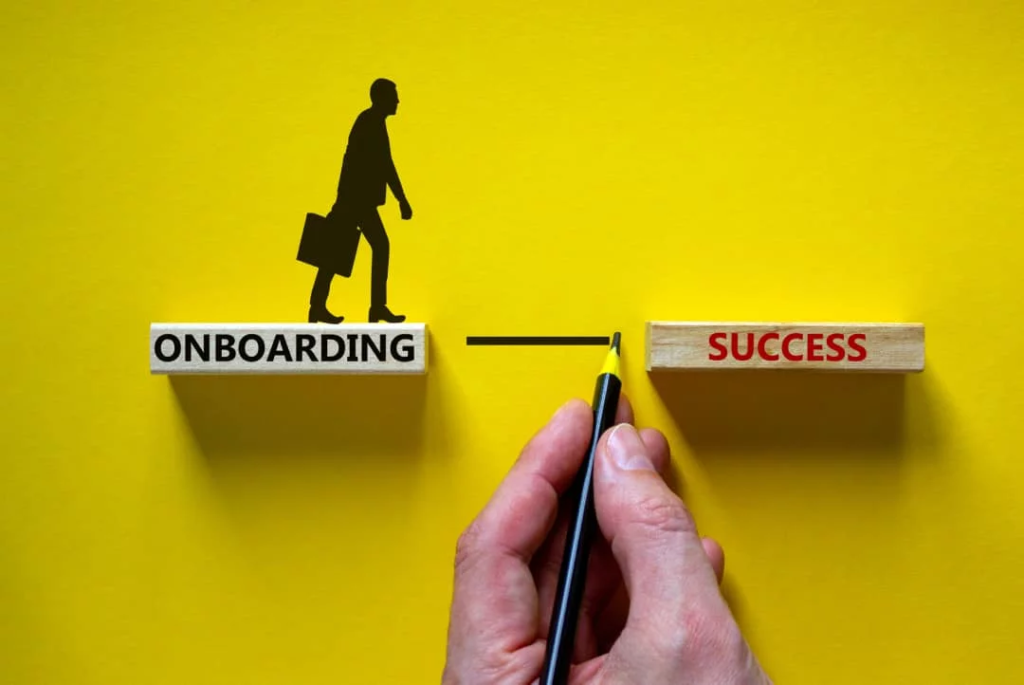A Comprehensive Guide to a Smooth Start with Your Product Sourcing Agent

Establishing a partnership with a sourcing agent can transform your supply chain, optimize costs, and open doors to reliable international manufacturers. But to ensure this partnership delivers maximum value, the onboarding phase must be clear, collaborative, and organized.
At ProductSourcing-Agent.com, we emphasize the importance of client preparedness during onboarding. A well-prepared client ensures faster execution, fewer miscommunications, and a stronger working relationship from the very start.
This guide outlines exactly what sourcing agents need from you to hit the ground running.
Why Onboarding Matters in Sourcing Relationships
Sourcing agents function as your boots on the ground—negotiating, auditing, and coordinating suppliers on your behalf. Whether you’re launching a new product line, scaling a private label, or diversifying your global supply chain, onboarding sets the tone for everything that follows.
Effective onboarding enables:
- Faster product sampling
- Accurate sourcing of qualified suppliers
- Smoother communication with factories
- Fewer revisions, delays, and hidden costs
Without it, the sourcing agent is operating blind—and that’s a risk to your business goals.
1. Clear Product Specifications
One of the first things your sourcing agent needs is a detailed product specification sheet (spec sheet). This helps agents quickly identify matching suppliers and avoid costly sampling errors.
What to include:
- Product name and function
- Dimensions and materials
- Color variations
- Packaging and labeling requirements
- Quality standards and certifications (e.g., CE, FDA, ISO)
📌 Need help creating this? Download our free Product Specification Template.
2. Target Price Range
Even the best sourcing agents need guardrails when negotiating with suppliers. Providing a target price gives your agent a benchmark for cost analysis and helps avoid mismatches with unsuitable factories.
Set a realistic price based on:
- Market research
- Competitor pricing
- Estimated landed costs (product + freight + tariffs)
3. Order Volume Forecasts
Your agent will use projected volumes to evaluate:
- Supplier capacity and interest
- MOQ (minimum order quantities)
- Shipping timelines and discounts
Share expected order frequency and scaling potential for the next 6–12 months. This allows the agent to negotiate better deals and avoid production bottlenecks.
Also read: How to Create a Product Launch Plan with Sourced Items
4. Compliance and Market Requirements
If your products will be sold in specific markets, your agent needs to ensure supplier compliance with the relevant regulations.
For example:
- EU: CE mark, RoHS compliance
- USA: FDA, CPSIA
- Australia: RCM labeling
Failure to clarify this upfront can lead to customs clearance issues or legal risks.
Related: Preparing for Customs Inspections: What Every Sourcing Agent Should Know
5. Preferred Shipping Terms
Are you shipping FOB, CIF, or DDP? What incoterms suit your logistics strategy?
Clarifying your logistics preferences allows your agent to:
- Coordinate with freight forwarders
- Ensure accurate delivery timelines
- Prevent warehousing or port delays
Learn more: Freight Forwarders vs. Sourcing Agents: Which One Do You Need?
6. Payment Terms and Budgeting Expectations
Sourcing agents typically help negotiate payment terms with suppliers. It’s crucial to let your agent know:
- Your preferred payment structure (e.g., 30/70, LC, PayPal)
- Currency limitations
- How much upfront deposit you’re comfortable with
Also, define your overall sourcing budget including production, freight, duty, and agent fees.
7. Brand Guidelines (If Applicable)
For private label or OEM products, share:
- Brand color palettes
- Logo usage guidelines
- Packaging mockups
- Tagline, font, and design preferences
This ensures brand consistency and reduces revisions during sampling or printing.
Related read: Working with Sourcing Agents on Private Label Products
8. Competitive Insights
Let your agent know what’s already on the market and what you aim to do better. This can shape sourcing decisions to ensure your offering stands out in:
- Design
- Material selection
- Pricing
- Functionality
Agents familiar with your competitive landscape can suggest innovative suppliers or upgrades.
9. Communication Preferences and Tools
A streamlined communication flow can save weeks of missteps.
Clarify:
- Preferred messaging tools (email, WeChat, WhatsApp)
- Weekly or biweekly update meetings
- Time zone availability
Agents should also have emergency contact methods in case of production delays or customs issues.
Also read: How Sourcing Agents Manage Crisis Situations
10. Define KPIs and Expectations Early
Before starting, agree on performance KPIs such as:
- First sample approval time
- Number of supplier options shared
- Time to deliver final product
- QC inspection pass rate
Learn how to track these: KPI Metrics to Measure Agent Performance
Conclusion: Mutual Preparation Leads to Mutual Success
Sourcing agents work best when they have clarity, data, and context. By providing these 10 key inputs during onboarding, you’re equipping your agent to source faster, smarter, and more strategically.
📦 Ready to streamline your sourcing process?
Contact ProductSourcing-Agent.com to get started with a customized onboarding checklist for your business.